Software-Defined
Power Management Unit
Whether enabling free Wi-Fi for buses, or maintaining surveillance on maritime deployments, you need to rely on battery power.
Any battery-powered deployments will face the following challenges:
-
Voltage Fluctuation
Battery power does not provide stable voltage, this could make devices function unreliably or shut down altogether.

-
Voltage Regulation
The SD-PMU can take power from sources with low or fluctuating voltage and turn them into a reliable streams of 52V power. Each device can support 2 power inputs and 4 power outputs.
-
Inability to Troubleshoot
In the event that devices lose power, there is no information on how the battery has been performing up to that point.

-
Remote Voltage Monitoring
The SD-PMU records battery voltage information and sends it over the IoT Cloud for remote monitoring. In case the SD-PMU cannot reach the IoT Cloud, it will locally store voltage records until it can upload the data.
-
Battery Drainage
If batteries are excessively drained, they will be unable to start up the vehicle. Overdraining batteries will also damage them.

-
Voltage Sensing Capabilities
The Low Voltage Disconnect function shuts off access to the battery if the voltage level falls below a defined threshold. The Ignition Sense function shuts off power to connected devices when the vehicle ignition is turned off.
Introduction Video
Features
PowerFusionTM technology

The vast majority of automobiles, trucks, boats, and yachts typically make use of a 12- or 24-volt power system. Even though the battery is designated to operate at a specific volt, the actual voltage is fluctuating depending on its lifespan, loading, and state-of-charge.
Pepxim’s PowerFusionTM technology allows vehicle and vessel power systems to achieve uninterruptible, reliable, and stable electrical power supplies. Using our voltage regulation circuit, you can aggregate multiple DC power sources with a wide voltage range from 12 to 56 volts, and transfer to a constant voltage power supply.
Our PowerFusionTM system maintains the safety of your portable power system by monitoring the voltage, converting the fluctuating voltage into an optimum value, and protecting your devices from overvoltage. Depending on model, Pepxim’s Power Management Units can output designated voltage values according to usages. For instance, sensitive onboard telemetry, surveillance cameras, and Power over Ethernet appliances.
3 Devices in 1

The SD-PMU can reduce setup costs, operational complexity, and maintenance expenses by performing the functions of three devices: a low-voltage disconnect monitor, a DC-DC converter, and a DC distribution panel.
Rather than installing three enclosures and connecting them through cables, installation now simply involves connecting the batteries and an Ethernet connection to the SD-PMU.
This results in significantly reduced network complexity, smaller footprint, and greater network resilience.
Sequential Boot Up

With the SD-PMU, you could determine which port receives power first upon boot up. This is useful for deployments where the operation of the second device is dependent on that of the first. Use the IoT Cloud to remotely determine the boot up sequence.
Deployments
Vehicle Deployment
Connect the SD-PMU to your car battery to deliver reliable 52V power. Connect the LAN port to your router in order to remotely monitor battery output via the IoT Cloud . With 52V power delivery, the SD-PMU can support switches with 802.3at PoE output.

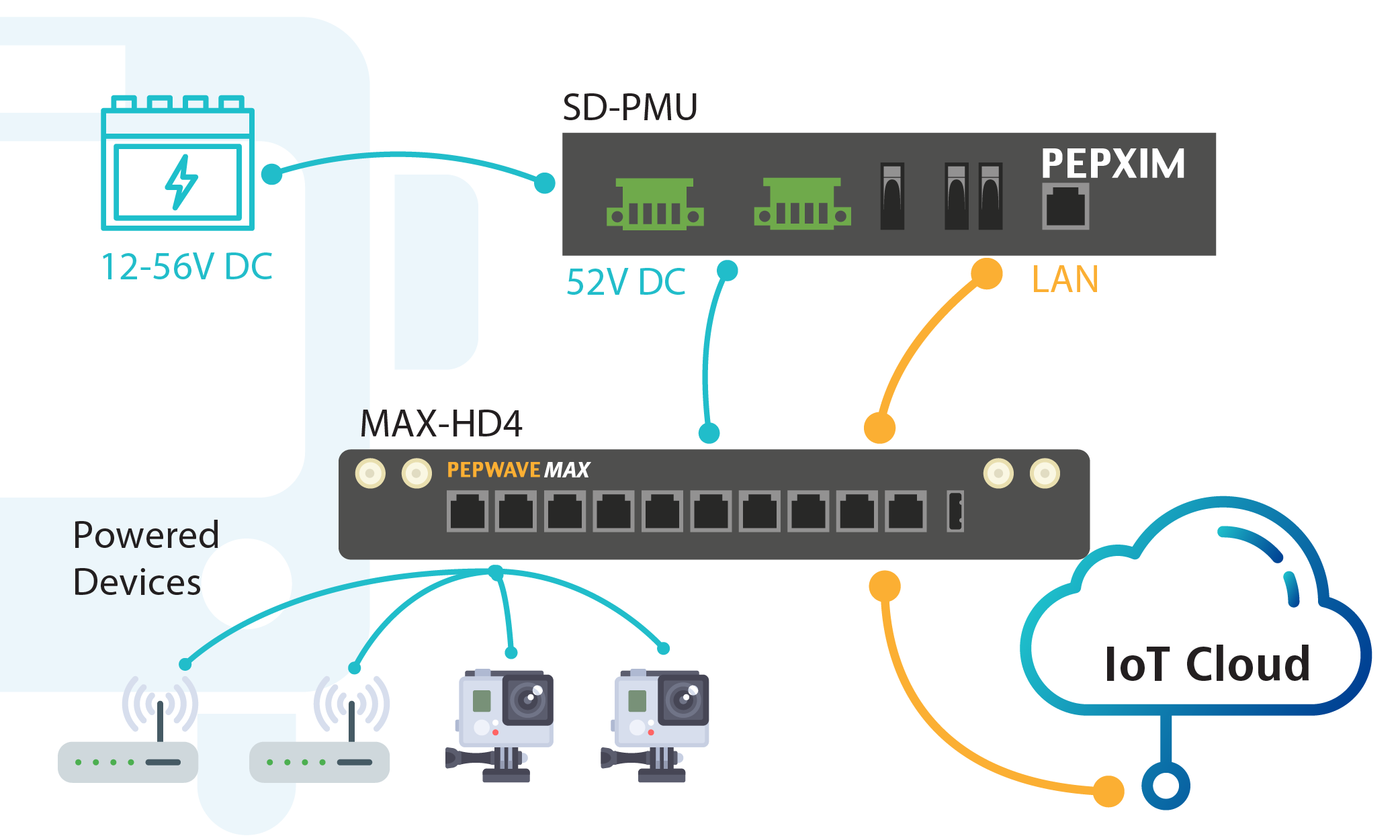
PEPXIM IoT Cloud
Remote Troubleshooting
The Pepxim IoT cloud provides a number of tools for remote troubleshooting. On the network level, the dashboard displays the connectivity status and power usage of all your devices on a single screen. On the individual device level, the Pepxim IoT cloud stores comprehensive information on the voltage, wattage, and current of each port, as well as device temperature. This view contains historical data from months ago, making troubleshooting significantly easier. The real-time monitor updates every 5 seconds, enabling instant feedback on any network changes.
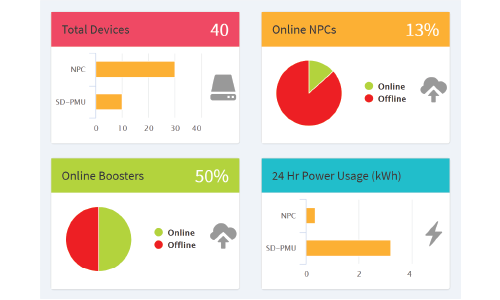
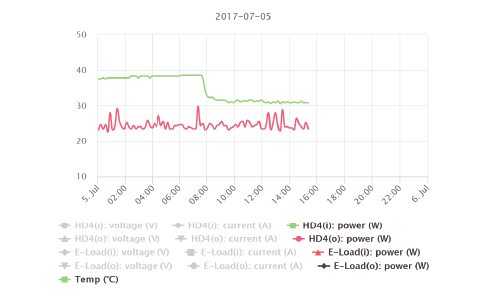
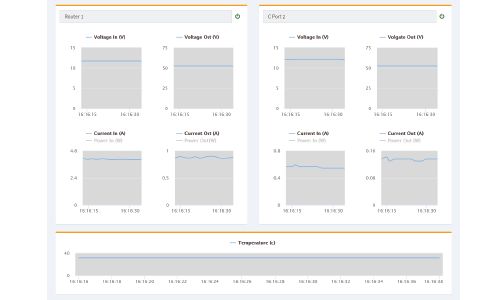
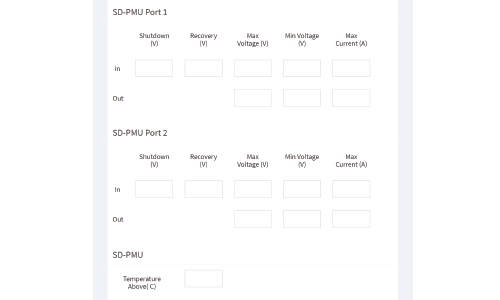
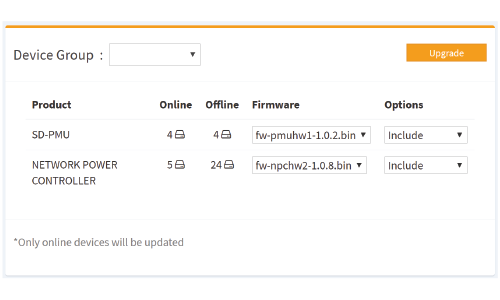
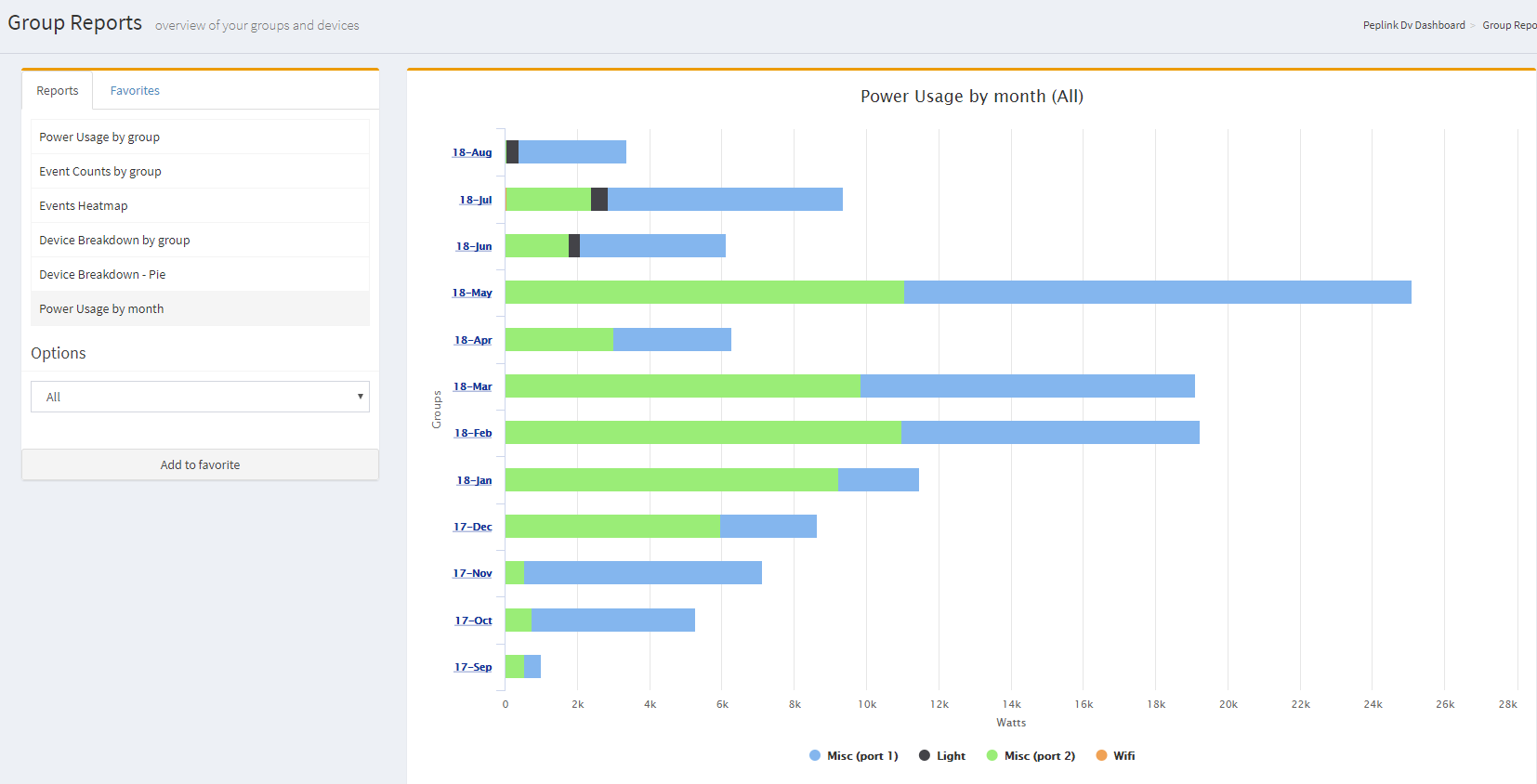
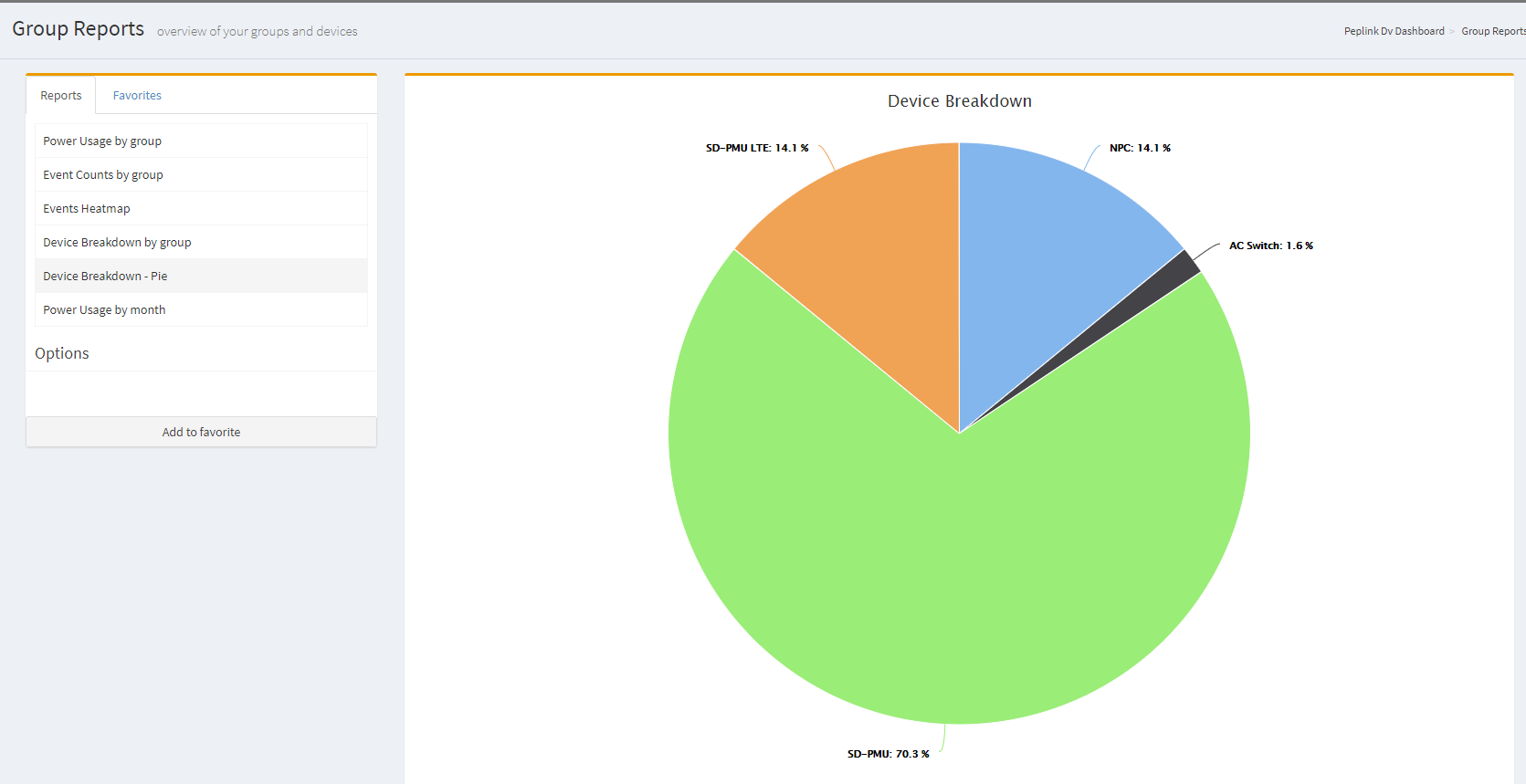
Batch Management
The Pepxim IoT Cloud enables you to perform configuration that would otherwise require a trip onsite. From any web browser, you can set voltage, current, and temperature thresholds. If a threshold is reached, the port or device will shutdown. In addition, the IoT cloud also enables you to configure and schedule firmware updates for your Pepxim devices. You can make these configurations upon multiple devices simultaneously, saving significant time.
Specifications
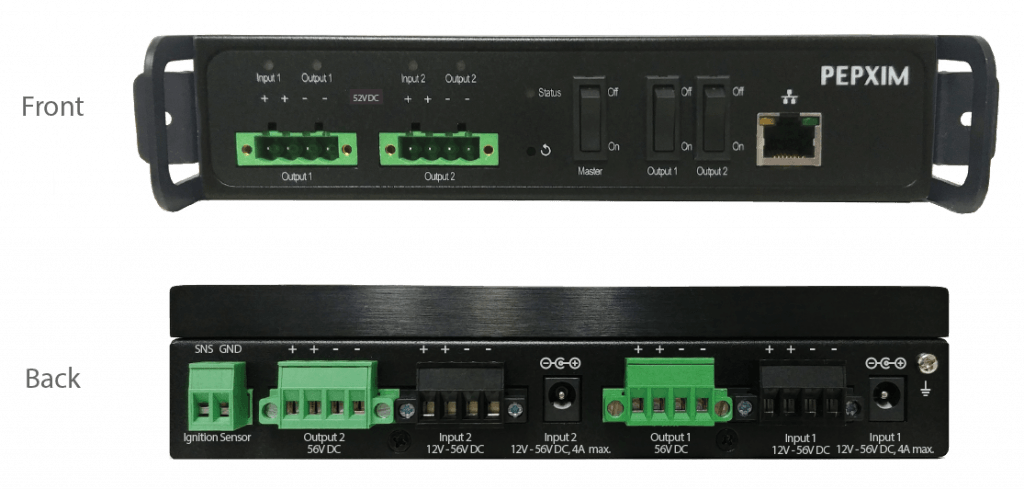
Product Code SD-PMU
Power Input 2x Terminal Blocks, 2x DC Jacks
12-56V DC
Power Output 4x Terminal Blocks: 52V DC (2x Shared Channels: Front/Back)
MAX Wattage Output 200W Per Output Channel (Front/Back)
Ignition Management 1x Ignition Sense PIN
Ethernet Port 1x Ethernet Port for IoT Cloud Access
Enclosure Indoor Metal
Dimensions 7.4 x 8.1 x 1.6 inches
187 x 205 x 41 mm
Weight 4.4 pounds
2000 grams
Operating Temperature -4° – 131°F
-20° – 55°C
Humidity 15% – 95% (non-condensing)
Certifications FCC, CE, RoHS, Rolling Stock
Warranty 1-Year Limited Warranty
Product Code Product Name Description
SD-PMU Software-Defined Power Management Unit Software-Defined Power Management Unit, 2x terminal block inputs, 4x terminal block outputs. Cloud Functionality.
ACW-741 Mounting rack, mounting ears and screws for the SD-PMU